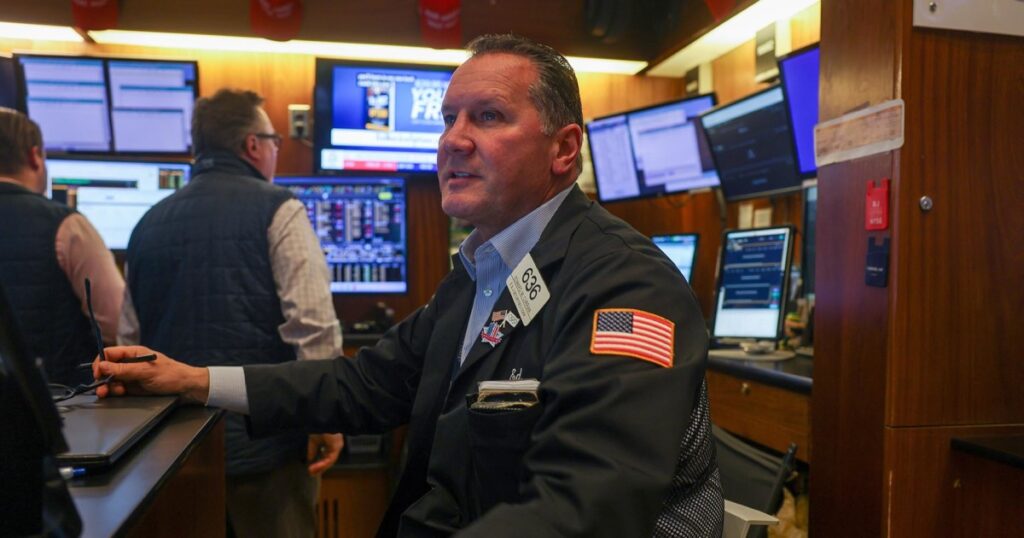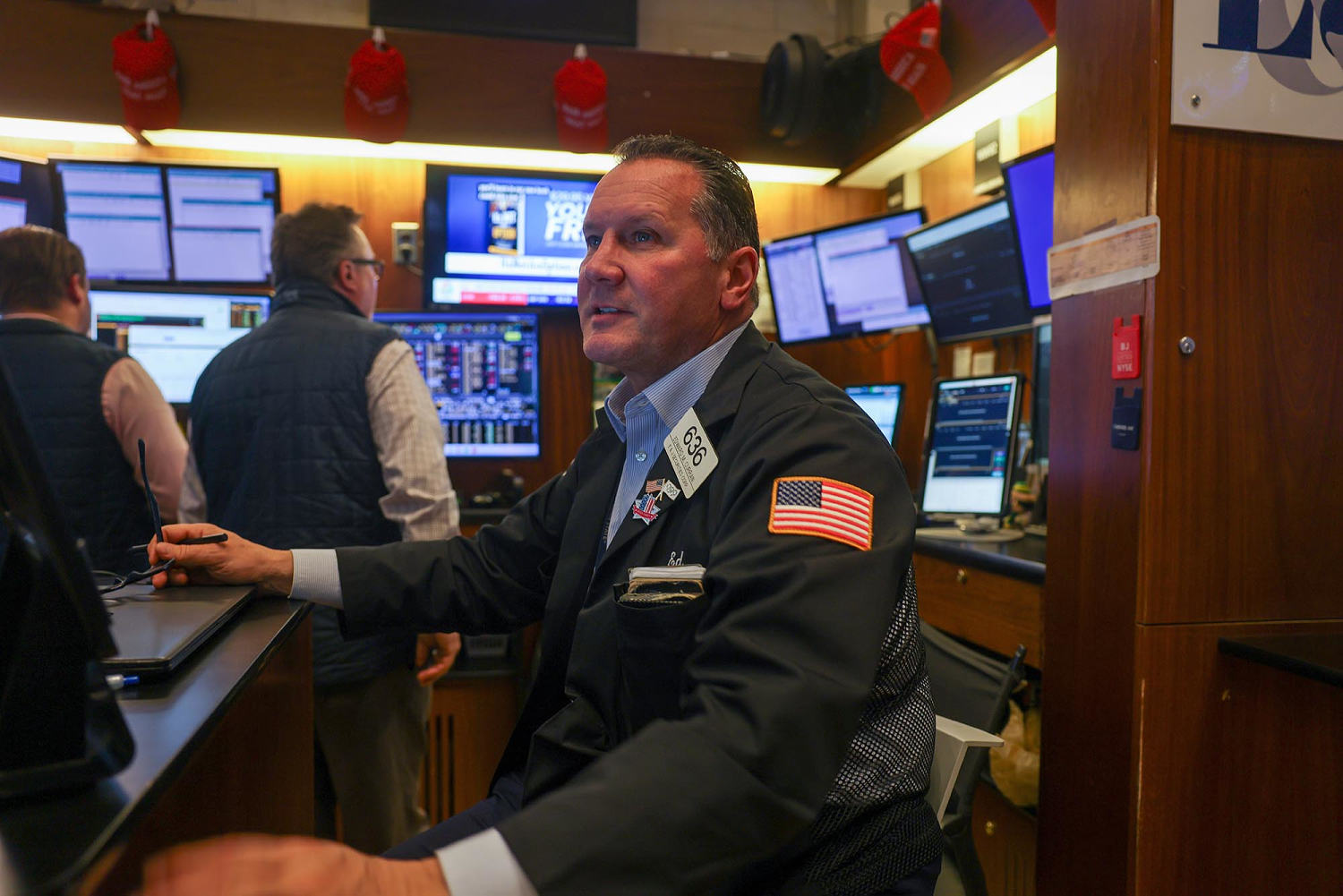

Bond investors sent government borrowing costs surging Thursday after the House gave a narrow early-morning approval to a multitrillion-dollar spending and tax-cut bill sought by President Donald Trump.
The yield, or the percentage return owed to investors, on U.S. bonds that pay off after 10 years climbed to as much as 4.623%, the highest level since February. The yield on the 30-year Treasury note climbed as high as 5.14% — levels last seen in 2023, and before that, 18 years prior.
Stock futures also turned negative after the bill’s passage, while bitcoin sustained a near all-time-high price above $111,000.
The fear is that the government continues to ignore rapidly expanding debts and deficits. Although the Trump administration has portrayed the spending bill as a means of sparking economic growth that can boost federal revenues, third-party analysts including the Congressional Budget Office and the Penn Wharton Budget Model say those projections are overly optimistic. Instead, they say, the bill is likely to keep the U.S.’s fiscal situation on its current trajectory.
That track itself is — by Treasury Secretary Scott Bessent’s own admission — already “unsustainable.”
Thursday’s bond market moves come in the wake of an unexpectedly poor Treasuries auction Wednesday that had also sent U.S. borrowing costs higher. And it follows the downgrade of U.S. debt last week from AAA by Moody’s, which said the U.S. fiscal picture continues to “deteriorate.”
For decades, the U.S. was able to finance its large entitlement programs like Social Security and Medicare by borrowing money at relatively low interest rates. Even as spending on these programs continued to swell, rates remained low thanks in part to the recession sparked by the 2008-2009 financial crisis, which put the U.S. economy into a lower gear of growth.
But the picture has changed since the Covid-19 pandemic. A further torrent of government spending helped push inflation rates to highs not seen in decades and has subsequently sent borrowing rates higher for the government and consumers alike.
Today, mortgage rates once again top 7%. And the Federal Reserve has been forced to raise interest rates, making credit cards and auto loans more expensive.
 Latest World Breaking News Online News Portal
Latest World Breaking News Online News Portal






